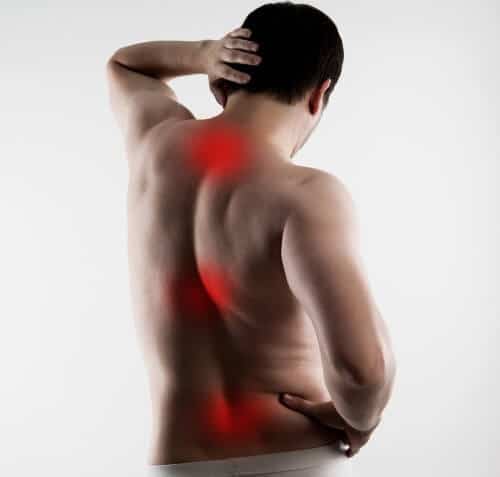In a study published in the journal Nature, an international team of researchers presents a new drug that may restore spinal cord injuries. The drug was injected into rats with spinal cord injury, and was able to encourage the regeneration of nerve connections in the spinal cord and restore the rats' movement

In a study published in the journal Nature, an international team of researchers presents a new drug that may restore spinal cord injuries. The drug was injected into rats with spinal cord injury, and succeeded in encouraging the regeneration of nerve connections in the spinal cord and restoring the rats' movement.
sticky barrier
Damage to the spinal cord leads to damage to the nerve signals that are transmitted between the brain and the body, and as a result may cause paralysis below the affected area and a wide range of disabilities, including the lack of bladder control. Sugary proteins - proteoglycans, which accumulate in the scar tissue that forms in the damaged spinal cord, play a central role in this injury. Although these proteins are produced in the central nervous system also in healthy tissue and play an important role in preserving its structure, in the scar tissue they are released in excess and form a sticky network that prevents the passage of electrical signals to the nerve cells.
This network captures within it the axons - the nerve fibers that come out of the nucleus of the nerve cells and serve as their extensions, when they connect to the axons of other nerve cells and through them passes the electric current that enables communication between the cells. As a result, the scar creates a sort of barrier that prevents the renewal of nerve connections and the regrowth of nerve cells.
The new drug, developed at the Case Western Reserve University School of Medicine in Ohio, is based on a peptide called ISP (Intracellular sigma peptide), which "turns off" the receptors of the proteoglycans in the nerve cells, thus actually interfering with the formation of the sticky network that creates the barrier. In addition, a substance called TAT (trans-activator of transcription) was developed, which serves as a kind of "shuttle", which allows ISP to pass through the cell membranes and through the scar tissue and reach the site of the injury.
The researchers injected the substance into 26 rats that suffered spinal cord injury every day for seven weeks. As a result, they reported in the paper, the axons continued to grow. Following the treatment, 21 of the 26 rats regained the ability to move or urinate, and some of them both. According to them, in some of the rats the rehabilitation was so successful that it is hardly possible to recognize that their spinal cord was damaged.
Although the researchers do not know why some rats recovered completely and others did not, they believe the difference is related to the damaged neural pathway in the rats' spinal cords. "That's one of the big questions that remain," said Dr. Silver. The damage in each of the tested rats was different, but it was found that in rats whose spinal cord still contained serotonergic fibers - which release serotonin into the spinal cord, the response to the drug was the most powerful. The meaning, according to the researchers, may be the important missing piece of the puzzle, where even if only a few intact serotonergic fibers remain after the injury, they help restore function to the spinal cord.
Currently, there are no medicinal treatments that improve the extremely limited natural rehabilitation process from spinal cord injuries. In this situation, the experimental treatment is, according to the researchers, a groundbreaking step forward in the rehabilitation of these patients. "The recovery found in the study is unprecedented," they say. "For any patient with a spinal cord injury, it would be considered unusual to regain even one of these activities, especially bladder function." However, there is still a need for more studies that will evaluate the safety and effectiveness of the treatment in animals before it is possible to conduct studies in humans. In addition, according to them, ISP has the potential to be used as an effective treatment for other diseases in which the body produces destructive scar tissue, such as heart attacks, damage to the peripheral nervous system and multiple sclerosis.

2 תגובות
Hello, I have been in a village for 6 years after I was hit by a shot from a c5 cXNUMX. Is there a solution to restore the situation
"To pee" is street language for the news sites full of hate, lewdness and lies, "to urinate" is a more appropriate expression for a serious site dealing with science.